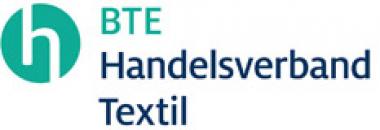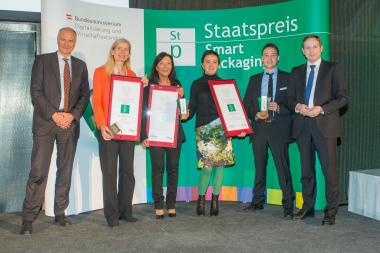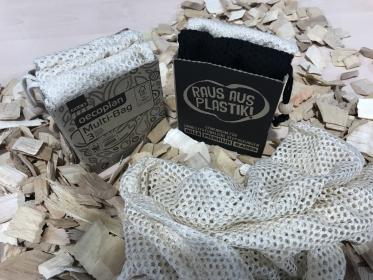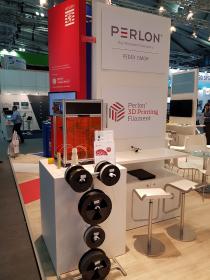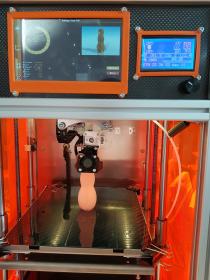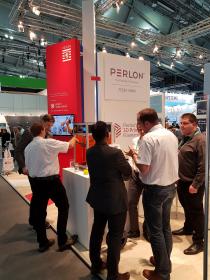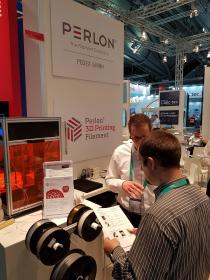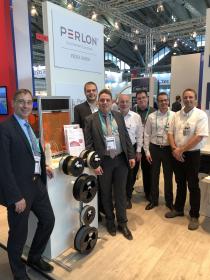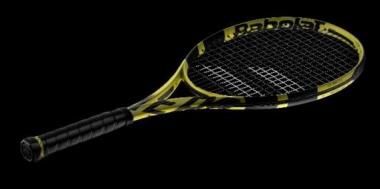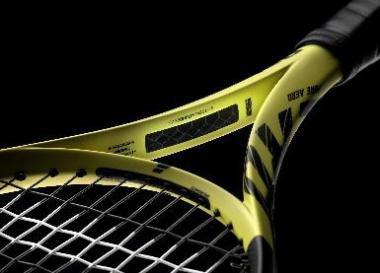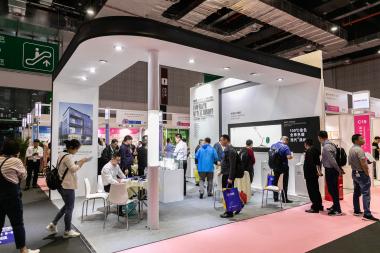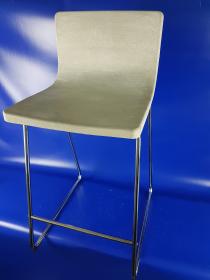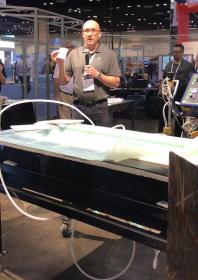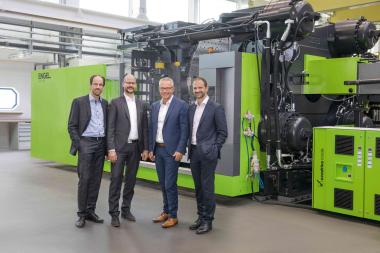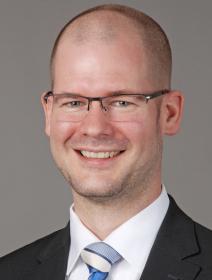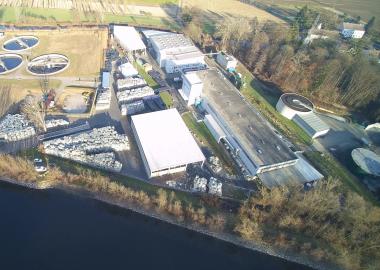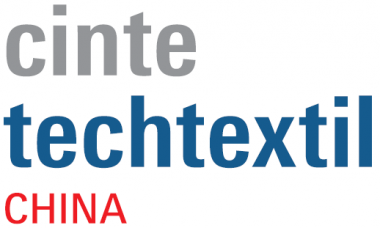EU-Produktpolitik: Auch Textilien im Fokus
- BTE beteiligt sich an öffentlicher Konsultation
2015 verabschiedete die EU den Aktionsplan für die Kreislaufwirtschaft. Eine Maßnahme dieses Plans ist die Analyse des bestehenden Rahmens der EU-Produktpolitik. Die breite Palette von Produkten im EU Binnenmarkt unterliegt einer Vielzahl unterschiedlicher EU-Politiken, die sich in Bezug auf Anwendungsbereich, Art und Ansatz voneinander unterscheiden.
Diese Politiken umfassen verschiedene Formen von Rechtsvorschriften, Leitlinien sowie finanzielle und/oder Marktanreize. Sie verfolgen verschiedene politische Ziele, wie die Gewährleistung der Sicherheit von Menschen, die die Produkte nutzen oder verbrauchen, die Aufrechterhaltung eines fairen Wettbewerbs im EU-Binnenmarkt, Klima-, Umwelt- und Verbraucherschutz und die Förderung nachhaltigerer Produkte. Diese Ziele stehen im Allgemeinen in Einklang mit einer Kreislaufwirtschaft. Die politischen Instrumente wurden jedoch in ihrem jeweiligen spezifischen Kontext entwickelt, ohne dabei notwendigerweise den Übergang der EU zu einer kohlenstoffarmen Kreislaufwirtschaft zu berücksichtigen.
Dies soll sich nach Auffassung der EU zukünftig ändern. Um Änderungen in diesem Bereich vorzunehmen, wurde von Ende November 2018 bis zum 24. Januar 2019 eine öffentliche Konsultation durchgeführt. Die Abfrage konzentrierte sich auf Produktkategorien mit nachweislich hohem Potential für die Kreislaufwirtschaft.
Im Fokus standen die Produktkategorien Elektro- und Elektronik-Geräte, Möbel, Textilien (Kleidung, Schuhwerk, Teppiche usw.) und Spielzeug. Der BTE hat über den HDE an der Konsultation teilgenommen und für den Bereich Textilien auf die derzeitigen, bestehenden Regelwerke (z.B. Textilkennzeichnungsverordnung, ProduktsicherheitsVO, REACH, EU-Umweltzeichen, Abfallrahmenrichtlinie) hingewiesen.
Der BTE erachtet die bestehenden Regelwerke als völlig ausreichend, da sie den o.g. Zielen bereits schon heute gerecht werden. Der BTE hat darauf hingewiesen, dass weitere, schärfere Vorschriften und Regelwerke unverhältnismäßig sind und zusätzliche Bürokratie nach sich ziehen würden. Mit hoher Wahrscheinlichkeit wäre auch mit zusätzlichen Kosten für die jeweiligen Branchen zu rechnen.
Die Kommission wird die Beiträge der Konsultation zur Ausarbeitung einer Arbeitsunterlage verwenden, in der analysiert wird, inwiefern die Instrumente der EU-Produktpolitik den Übergang zur Kreislaufwirtschaft fördern und welche möglichen Lücken oder Hindernisse der Erreichung dieses Ziels im Wege stehen.
BTE/BLE/VDB


